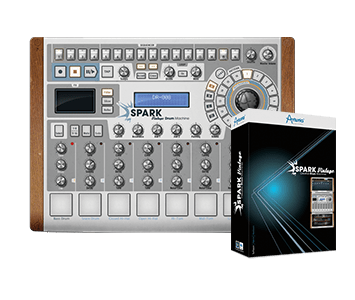

For example, the flip-up support that holds the control panel in position when raised is over a foot wide, ensuring that there’s no wobble when you lean on one side of the panel or the other.


In fact, the MatrixBrute looks and feels like nothing so much as a small Waldorf Wave, which is not surprising since they share the same designer.Īlthough the review unit was a pre-production model, I was impressed by its build quality and the attention to detail. Physically, the MatrixBrute is an imposing bit of kit, thanks in part to its generous four-octave keyboard, and in part to its resplendent control panel, which bristles with knobs, faders and buttons.

Nonetheless, 32 years after the idea was mooted, the world has its first programmable, matrix-based analogue synth from a mainstream manufacturer. But when (under strict conditions of confidentiality) I was shown a mock-up in October 2014 and I asked how much they had learned from the difficulties encountered by Datanomics, I received only blank stares. Perhaps inevitably, Arturia’s people arrived at the same solution. Shortly thereafter, Datanomics sold their rights in the EMS synths and vocoders, and no more was heard of the DataSynth. The prototype was unreliable and the synth never made it into production, which is just as well because the projected price in 1984 was around £3500, which would have made it unaffordable. Or, to be more precise, thus was the DataSynth almost born. Datanomics, which had purchased the embers of EMS in 1979, wanted to release an instrument based on the Synthi, but which dispensed with the pin matrix and connected the wotsits to the thingies using an array of switches whose states could be remembered by a microprocessor. Arturia then ran into a problem that has existed for more than 50 years: how can patch cables remember which wotsit was connected to what thingy, and by how much one affected the other? Short of a Disney-esque cartoon in which your patch cables walk across the studio and jump into the right sockets, the concepts of patching and memories are not complementary, and it’s an almost intractable problem.īut more than 30 years ago, an almost unknown English company found a solution. So the idea of a MiniBrute that had memories and could be patched was born. Likewise, it’s not surprising that somebody else suggested a semi-modular MiniBrute that could be patched like an MS20 or an ARP 2600. So, what to do next? Perhaps it’s not surprising that someone suggested that the company develop a MiniBrute with memories. The MiniBrute had proved to be a great success, while the more recent MicroBrute looked as if it too would be a winner. Two years ago, Arturia’s designers found themselves in a bit of a pickle. Arturia’s MatrixBrute combines everything the company know about synthesis into one hugely ambitious machine.


 0 kommentar(er)
0 kommentar(er)
